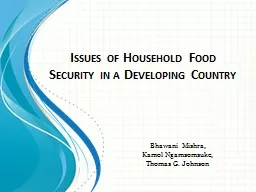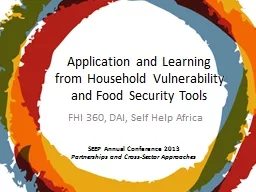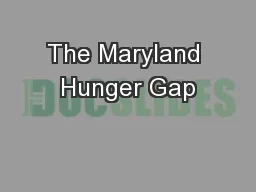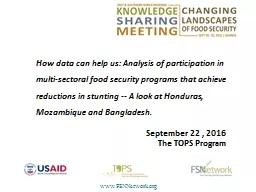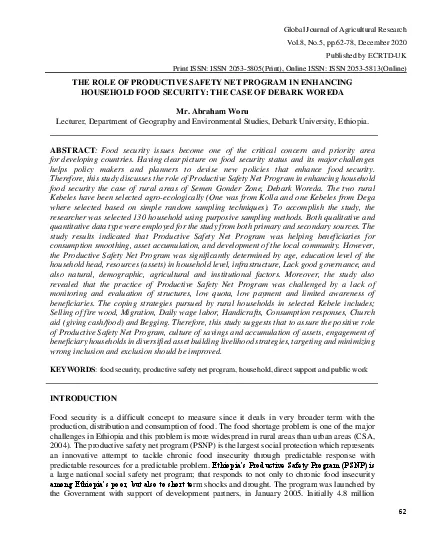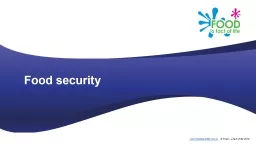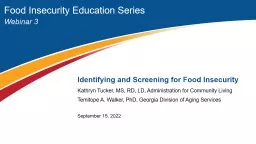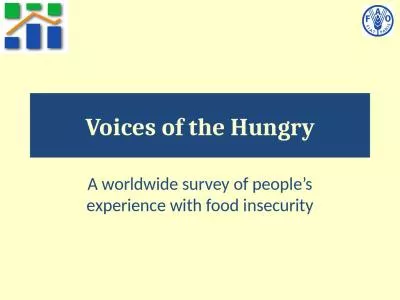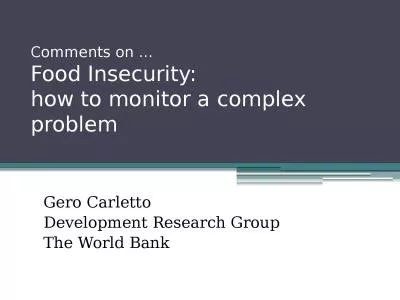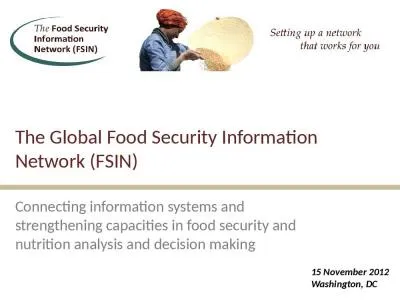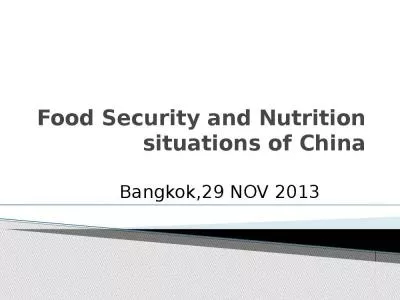PPT-Issues of Household Food Security in a Developing Country
Author : phoebe-click | Published Date : 2016-05-21
Bhawani Mishra Kamol Ngamsomsuke Thomas G Johnson 2 National level Regional level Community level Market level Individual level Household level Source FAO Food
Presentation Embed Code
Download Presentation
Download Presentation The PPT/PDF document "Issues of Household Food Security in a D..." is the property of its rightful owner. Permission is granted to download and print the materials on this website for personal, non-commercial use only, and to display it on your personal computer provided you do not modify the materials and that you retain all copyright notices contained in the materials. By downloading content from our website, you accept the terms of this agreement.
Issues of Household Food Security in a Developing Country: Transcript
Download Rules Of Document
"Issues of Household Food Security in a Developing Country"The content belongs to its owner. You may download and print it for personal use, without modification, and keep all copyright notices. By downloading, you agree to these terms.
Related Documents

